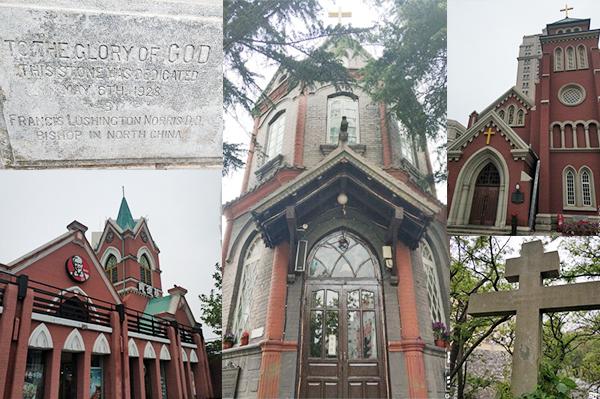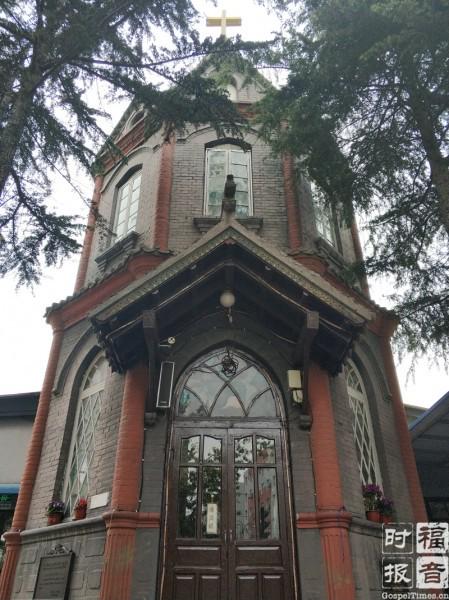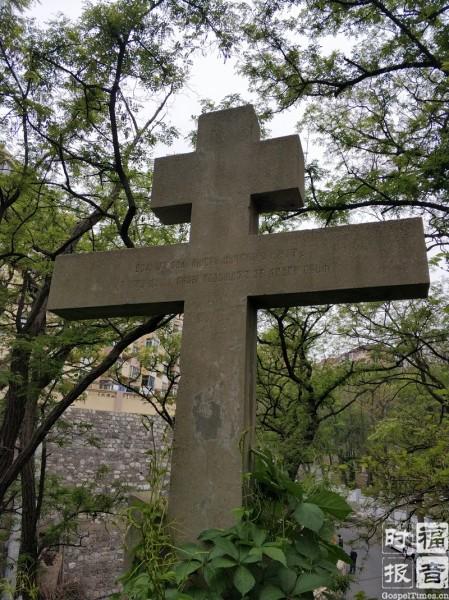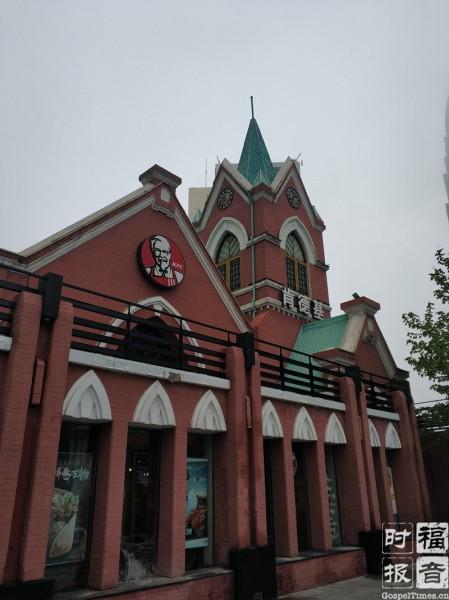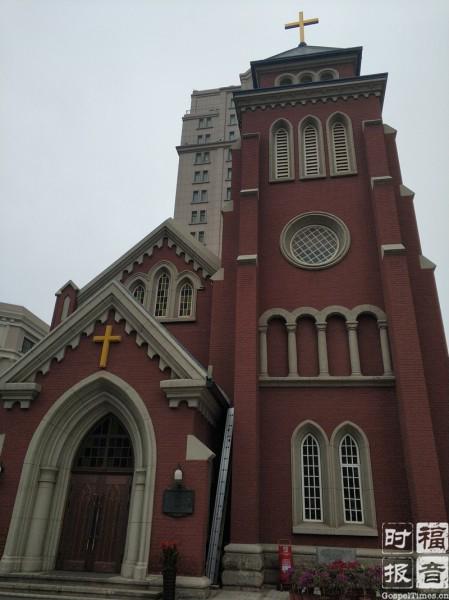As a young city with a history of only just over 100 years, Dalian, located in the southernmost part of Northeast China, experienced a complex situation spanning from the late 19th century to the early 20th century.
Russia built the Chinese city which was later occupied by Japan over a long period of time. This added immigrant Japanese and Russian cultures to the city and has made it become like a museum of the modern history of Northeast Asia.
As the Chinese Eastern Railway began to be constructed in 1897, the Russia empire invaded the north part of northeast China. After signing a Treaty with the Qing Dynasty to lease the Liaotung Peninsula, Russia controlled the area of Luta (Luta included Dalian and the nearby town).
Russia planned to design Dalian as an international free port for global trade. Originally named Nikolayevskaya Square, Zhongshan Square, situated in the central city, is the embodiment of this planning idea.
To the west of the Square is the Yuguang Street Church with its red tower with a golden cross at the top. A white stone was inlaid on the outside wall and reads, "This Stone Was Dedicated To the Glory of God" in English and Japanese. The date was 1928. Planned by the British consulate in 1921 and completed in 1928, the Gothic-style church was named Dalian Anglican Church and jointly owned by the Church of England and the Anglican Church of Japan.
In 1943 when Japan evicted the staff of the Church of England from the city, it became the exclusive church of the Anglican Church of Japan. After Japan surrendered, the Soviet army refused to take ownership of it because of its historical connection with Britain, one of the Allies, and it was then renamed, Yuguang Street Church. It came under the control of the Dalian Three-Self Patriotic Movement (TSPM) in 1986.
During its rule over Northeast China, Japan showed differing attitudes toward the church. On the one hand, it expected the church to exert better control over the local Chinese population. However on the other hand, it was on guard against the church's close connections with the Europe and America, encouraging indigenous Japanese churches to launch missions there.
Today, the Japanese Church that was built in 1907 has been well preserved and is only a minutes' walk away from Zhongshan Square. With a green roof and red walls, the Xitong Church has been converted into a Kentucky Fried Chicken restaurant.
On the west side of the Square, there is a religious building that belonged to the Salvation Army, an international Christian organization founded in 1865 in a military structure. After the Russo-Japanese War ended in 1905, the Japanese branch constructed the church.
On Beijing Street, which is further west, lies a very different architectural style of church--the Cheng'en Church, also called Beijing Street Church. Built in 1911, it was the first church in China of the Danish Lutheran Church. The building, having a combination of Chinese and western elements, was closed during the Cultural Revolution and then reopened in the 1980s.
East of the downtown on west Russian Style Street was an Orthodox church, but unfortunately it was demolished in the 1930's.
According to old historical photos, there was another Orthodox church in the Lushun Russian Military Cemetery where Russian officials, soldiers, and immigrants were buried. It was restored in 2015. The official in charge of the cemetary said that the Saint Michael the Archangel Chapel was demolished but was unsure of the exact demolition date. I found out that the last photo was taken in 1935, showing a chapel with an onion dome and a cross against a barren mountain. Today the official's house is on the site of the chapel. At the original location of the church I found a stone Orthodox cross that was very large compared to the other tombstones.
The churches in Dalian include the Church of England and the Danish Luthern Church, who evangelized out of their religious fervor; as well as the Russian Orthodox and Japanese church who were much influenced by their countries' policies. Nowadays, few of them are open, some have been removed or used for other purposes. However, the history of these churches serve as a profound entry point into the complex and diverse situation of the last century.
- Translated by Karen Luo

